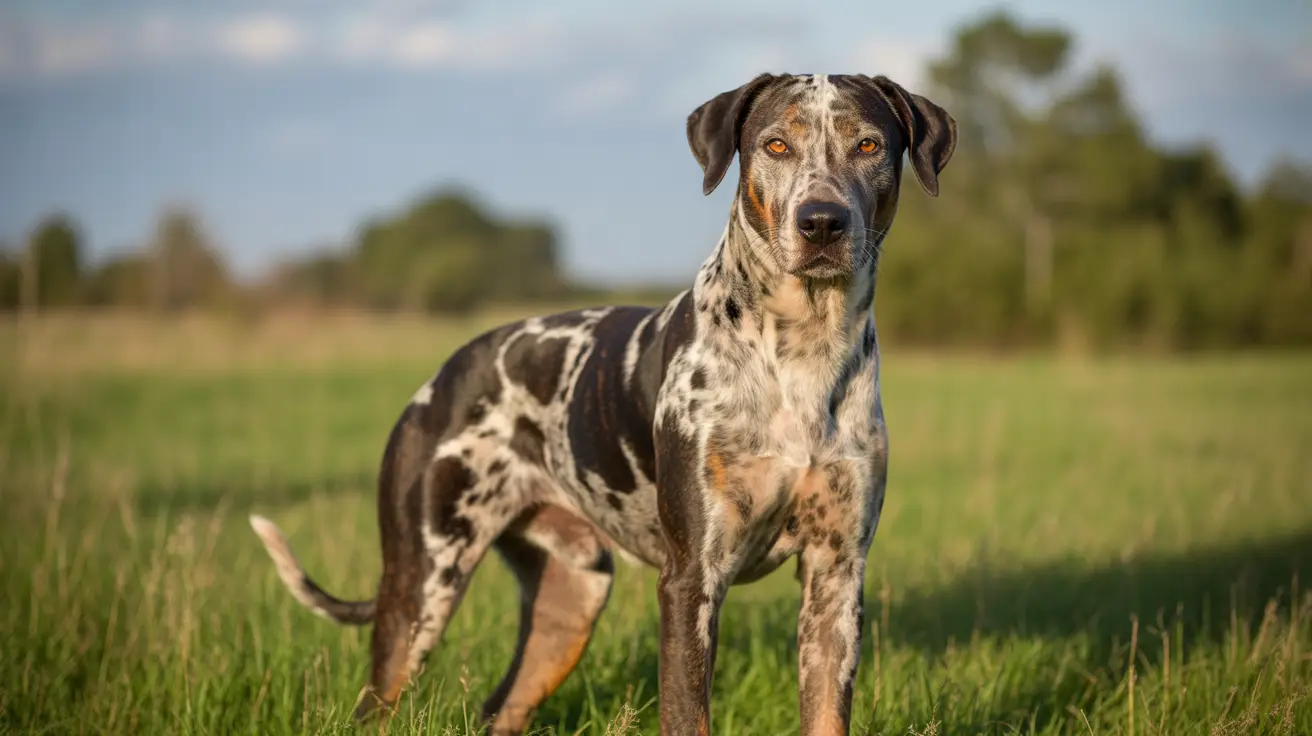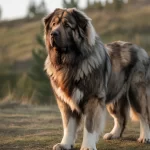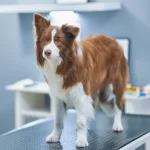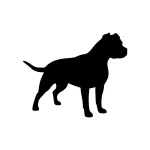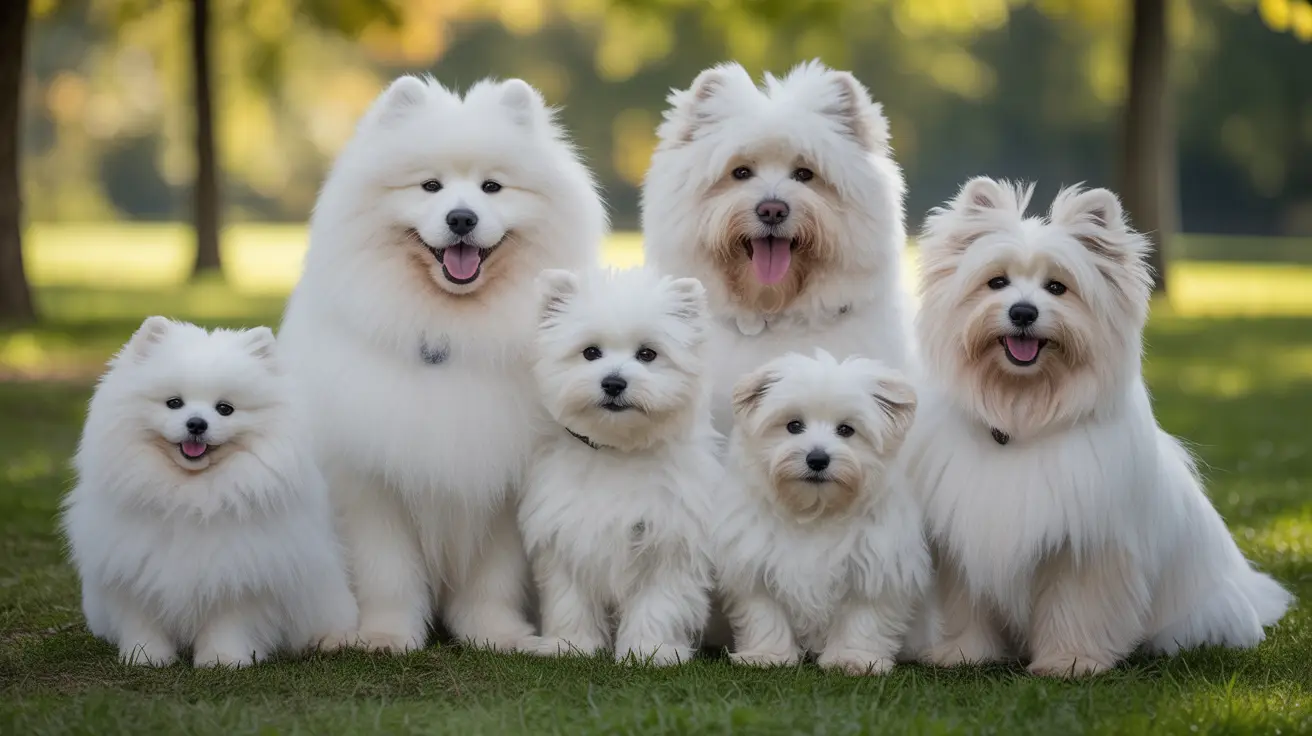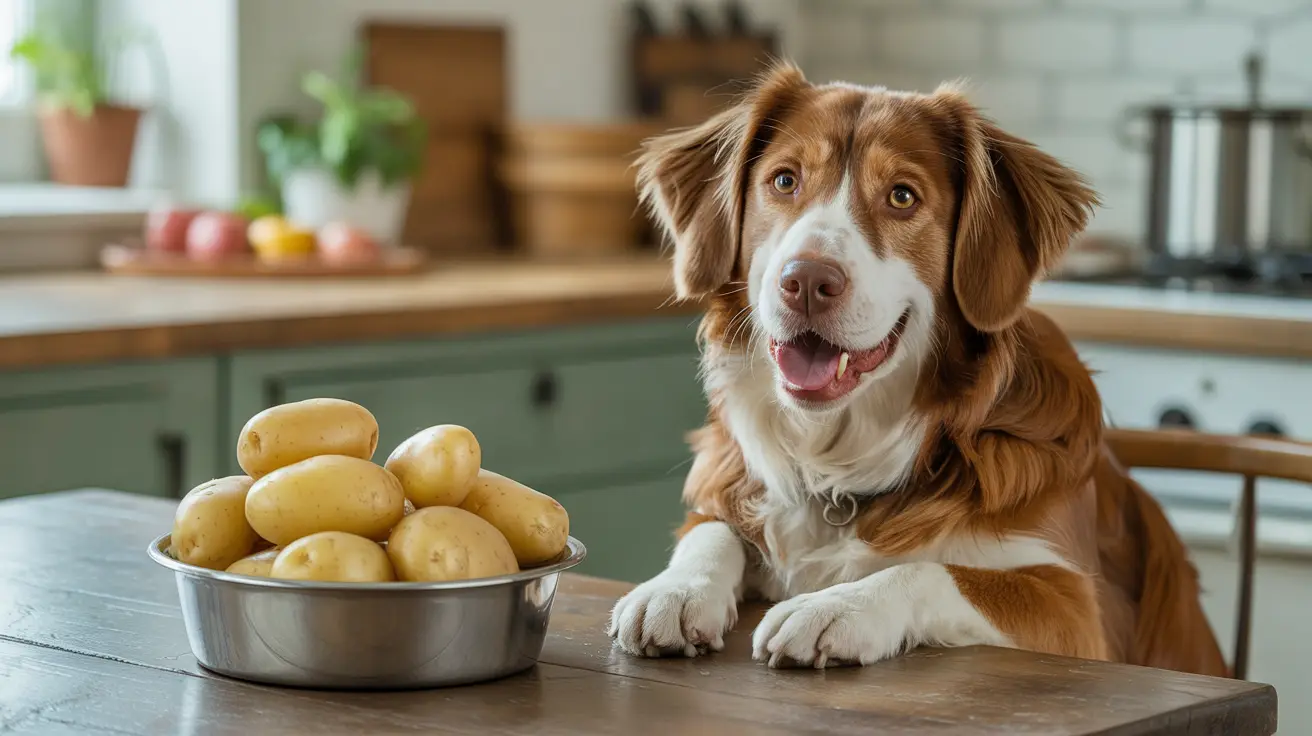The Catahoula Leopard Dog is one of the most striking and versatile working dogs you’ll ever meet. Known for their beautiful coat patterns, sharp intelligence, and strong personality, these dogs aren’t just companions — they’re partners. But before you consider bringing one home, it’s important to understand their temperament, care needs, and health.
As someone who has worked with different herding breeds, I can say that a Catahoula Leopard Dog is not your average family pet — they thrive with purpose, structure, and lots of activity. Let’s dive into what makes them special and what you need to know to raise one.
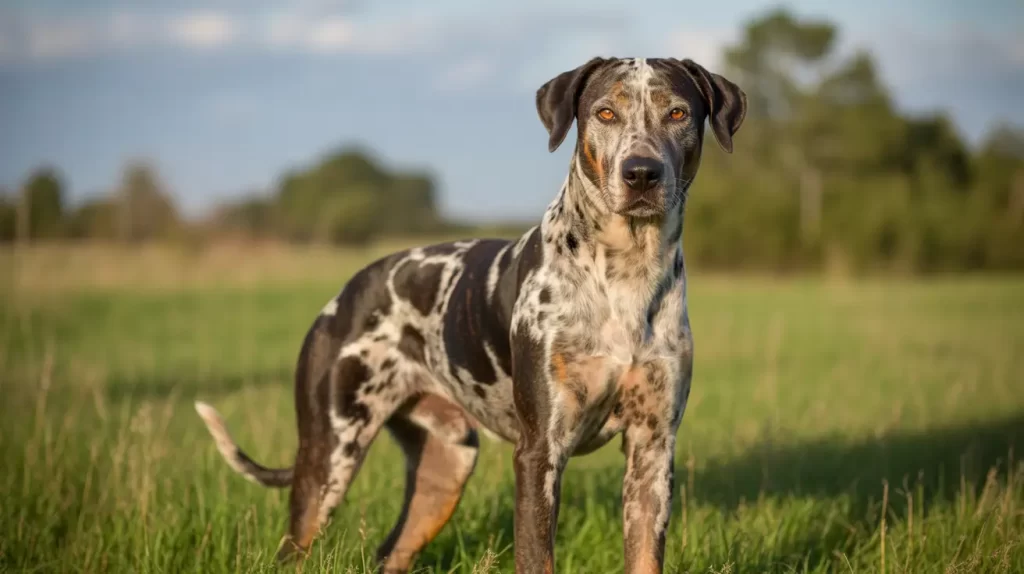
Content
History and Origins
The Louisiana Catahoula Leopard Dog has deep roots in the American South, especially Louisiana, where they were originally bred as hog dogs and herding dogs. Their name comes from Catahoula Parish, and they were prized for their ability to track, drive, and manage wild hogs and cattle.
This breed is recognized as the state dog of Louisiana — a testament to its cultural significance. Unlike many modern breeds, Catahoulas are still very much “working dogs” at heart.
Physical Traits and Appearance
- Size: The Catahoula Leopard Dog size typically ranges between 50–95 pounds, depending on gender and genetics.
- Colors: They come in a wide variety — from Catahoula Leopard Dog colors like blue merle, red merle, brindle, and even solid coats, to striking eyes that can be blue, green, or amber.
- Coat: Short and smooth, requiring minimal grooming but regular brushing to keep shedding under control.
Their unique spotted and mottled coats often make people stop and stare — but it’s their athletic build that tells the real story: this is a breed built for stamina.
Temperament and Personality
If I had to describe the Catahoula Leopard Dog personality in one word, it would be intense. These dogs are:
- Loyal and protective of their families
- Independent thinkers (sometimes stubborn)
- Highly energetic and driven
- Strong-willed with strangers, but deeply affectionate with loved ones
This makes them excellent watchdogs and working partners, but they’re not the easiest breed for first-time owners.
Case Study Example: A close friend of mine, Sarah, adopted a Catahoula Leopard Dog puppy from a rescue center. At first, she struggled because the puppy was incredibly energetic and would try to herd everything — even children in the yard! With consistent training and daily runs, her Catahoula transformed into a loyal, calm companion who still had plenty of working drive but channeled it into agility training. Sarah’s experience shows that with patience, a Catahoula can become a wonderful family dog.
Exercise and Training Needs
The Catahoula Leopard Dog exercise requirements are no joke. These dogs need at least 1–2 hours of daily physical activity, plus mental stimulation. A bored Catahoula may dig, chew, or become destructive.
Training tips:
- Start socialization early with other dogs and people.
- Use positive reinforcement, but be consistent — Catahoulas respect firmness.
- Activities like hiking, herding trials, and agility courses are perfect outlets.
If you live in an apartment, this may not be the right breed unless you’re extremely dedicated to daily exercise.
Read More About: Can Dogs Have Bananas?
Health and Lifespan
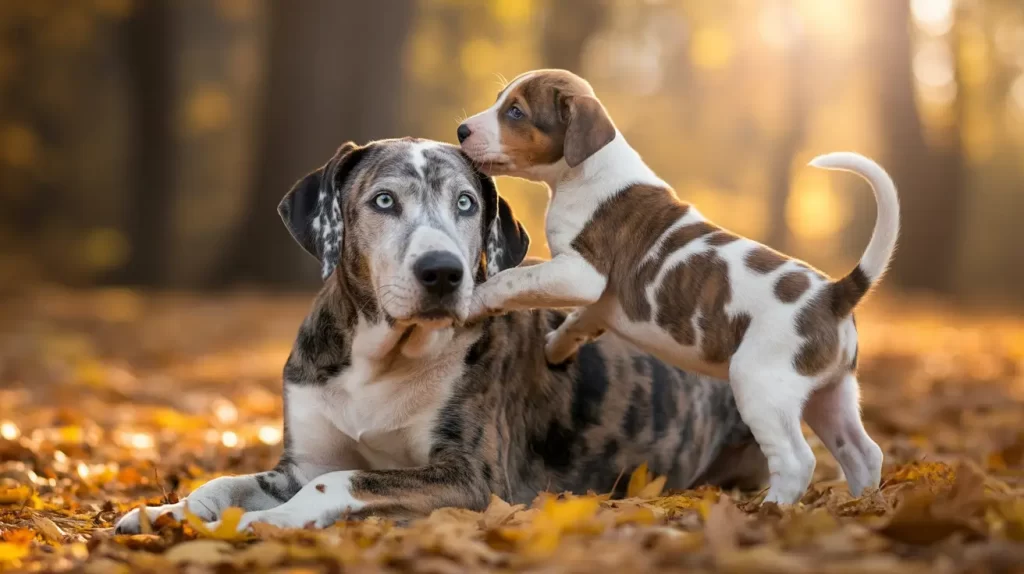
The Catahoula Leopard Dog lifespan is usually 10–14 years, but like all breeds, they’re prone to certain health issues:
- Hip Dysplasia & Joint Problems
- Deafness (especially in dogs with merle coats)
- Eye Problems (like cataracts or progressive retinal atrophy)
- Thyroid Conditions
- Obesity if under-exercised
Regular vet visits, a healthy diet, and preventive care are key. Many vets recommend routine screening for joint and thyroid issues in this breed.
Grooming and Daily Care
Unlike long-haired breeds, the Catahoula Leopard Dog grooming routine is simple:
- Weekly brushing
- Occasional baths
- Regular nail trimming
- Dental hygiene to prevent gum disease
Their care needs are more focused on exercise and mental stimulation than grooming.
Adoption, Cost, and Ownership
Adopting a Catahoula Leopard Dog can be rewarding, especially if you’re active and experienced with dogs.
- Catahoula Leopard Dog cost: Adoption fees may range from $150–$400 at shelters. From breeders, expect $600–$1,000+.
- Many end up in rescues due to their high energy and training needs, so adoption is a great option.
- Before adopting, ensure you have the time and space to meet their needs.
Is the Catahoula Right for You?
A Catahoula Leopard Dog isn’t for everyone. They’re best suited for:
- Active families who enjoy outdoor activities
- Owners with experience handling independent or working breeds
- People with large yards or rural settings
If you’re looking for a calm couch companion, this isn’t your breed. But if you want a loyal, protective, hardworking partner, the Catahoula could be the perfect fit.
Conclusion
The Catahoula Leopard Dog is a breed that combines beauty, intelligence, and a hardworking spirit. With the right training, exercise, and care, they can become deeply loyal family members.
As Sarah’s story showed, the journey isn’t always easy — but for the right owner, it’s absolutely worth it.
If you’re considering adopting one, make sure you’re ready for the responsibility, energy, and commitment. Do that, and you’ll have not just a pet, but a lifelong partner.
Curious about other foods? Learn more in our guide on Can Dogs Eat Potatoes?
FAQs
What two breeds make a Catahoula?
Catahoula Leopard Dogs are believed to descend from Native American dogs, Spanish Mastiffs, and French hounds.
Do Catahoulas have a wolf in them?
No, Catahoulas do not have wolf ancestry; they are a pure domestic dog breed developed in Louisiana.
Are Catahoula dogs expensive?
Catahoula Leopard Dog cost ranges from $600–$1,000 from breeders, while adoption fees are usually lower.
What are Catahoula leopard dogs known for?
They are known for striking coat colors, strong herding skills, and loyal, energetic personalities.

Join Felipe Clark on a heartwarming journey through the world of pet adoption. He’s a true advocate for shelter animals, sharing stories that tug at the heartstrings and inspire adoption.

